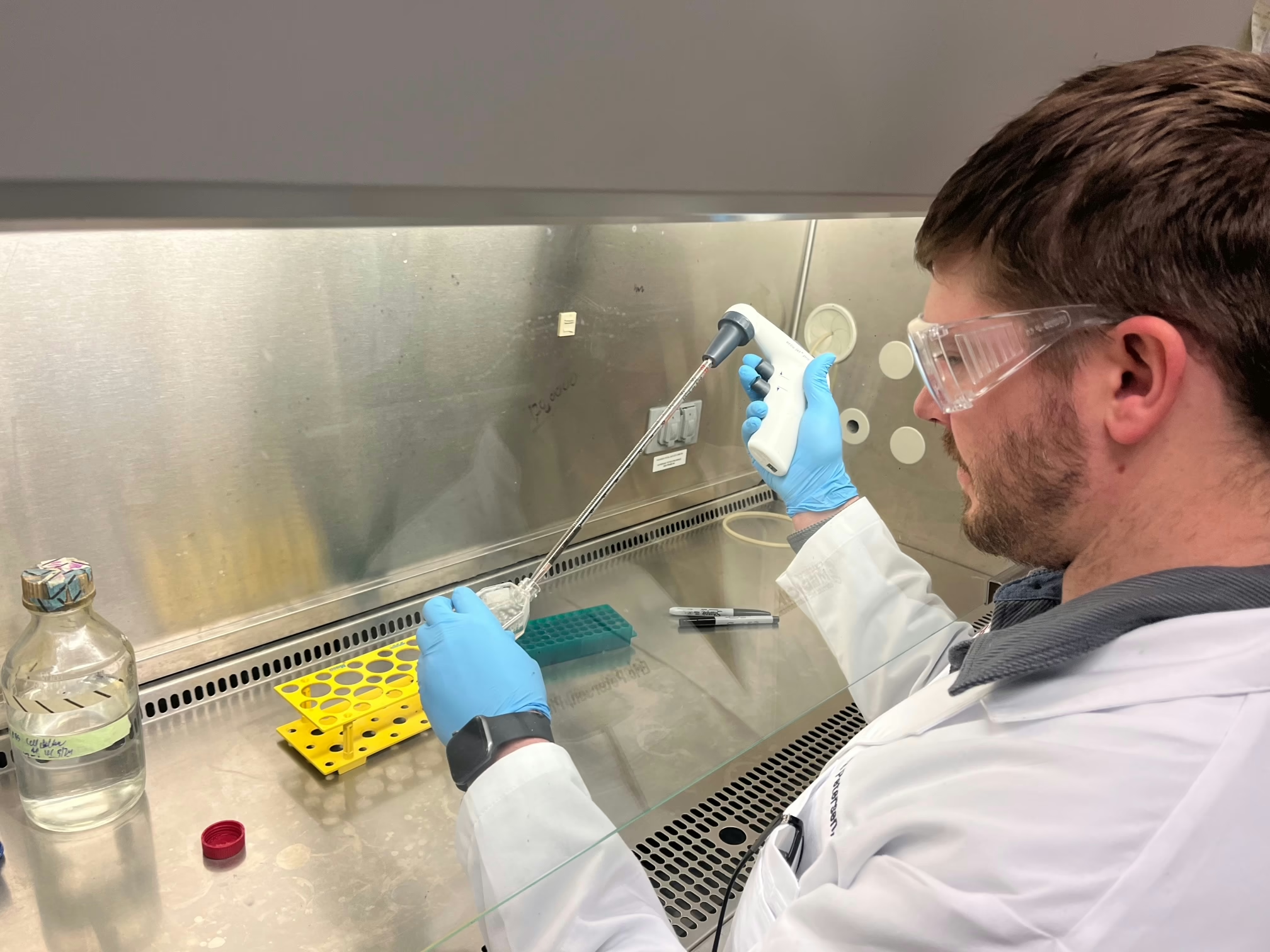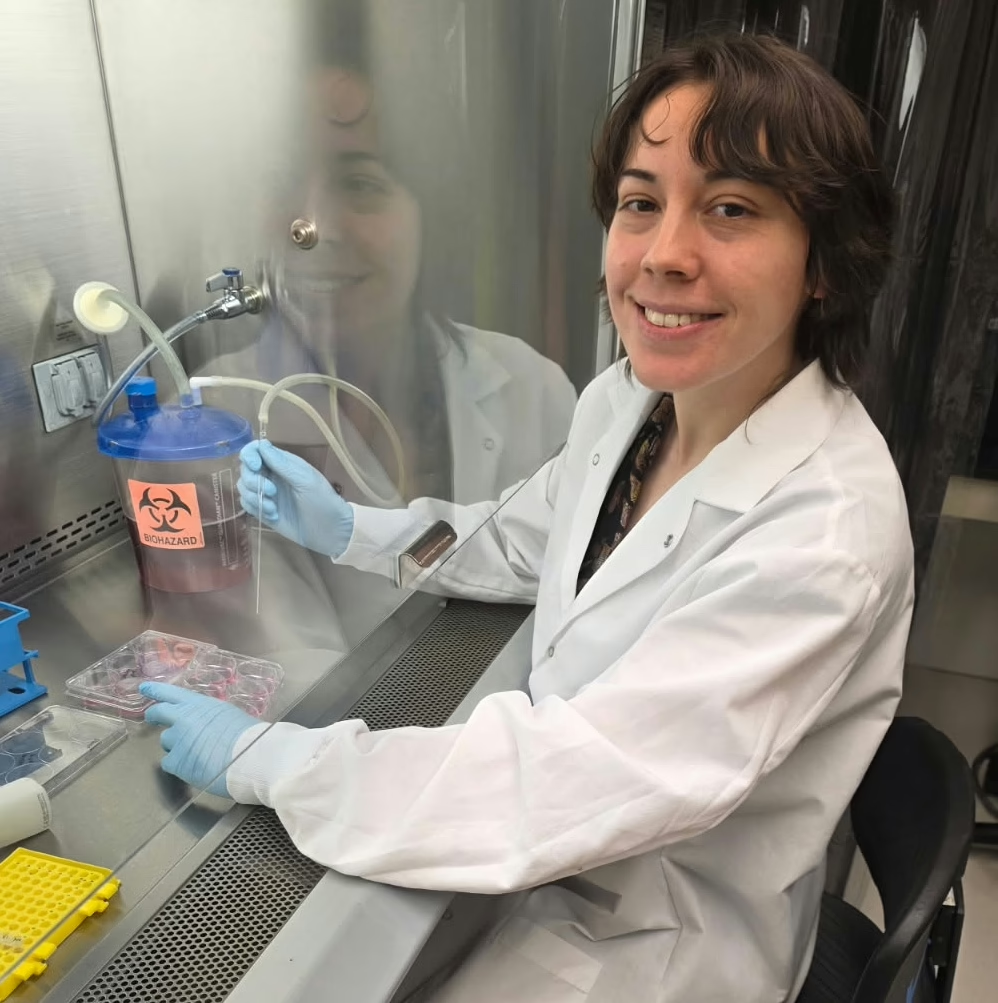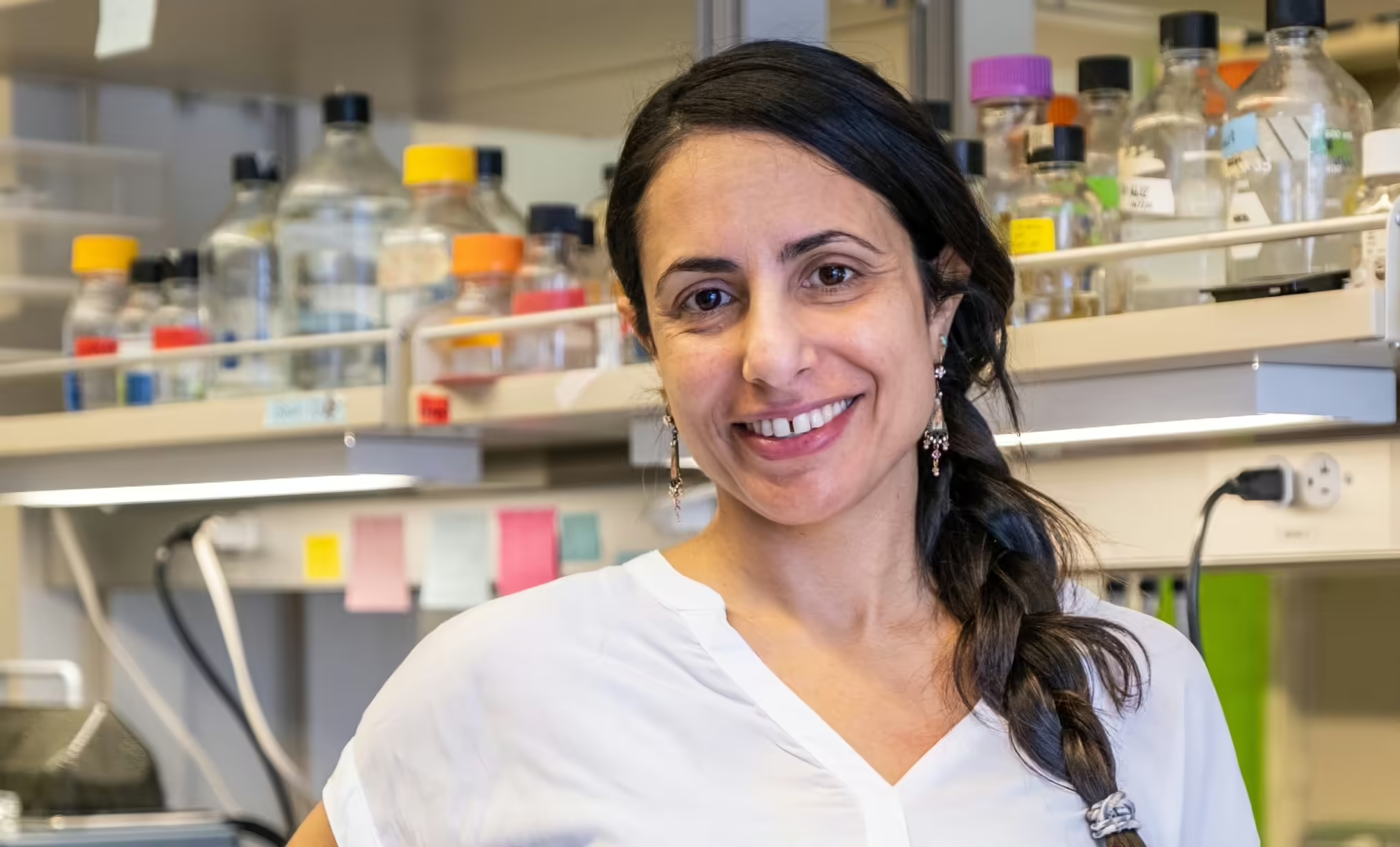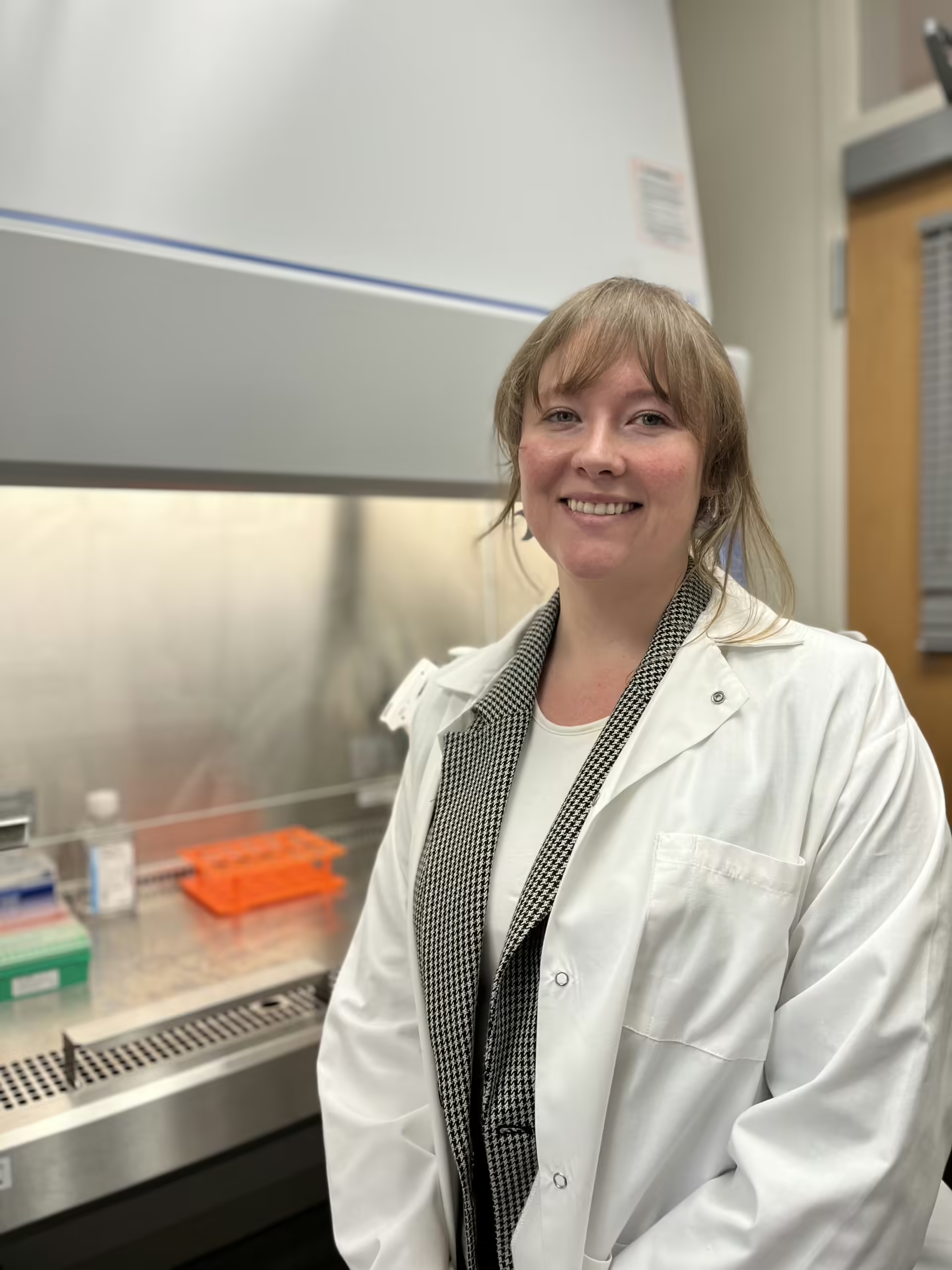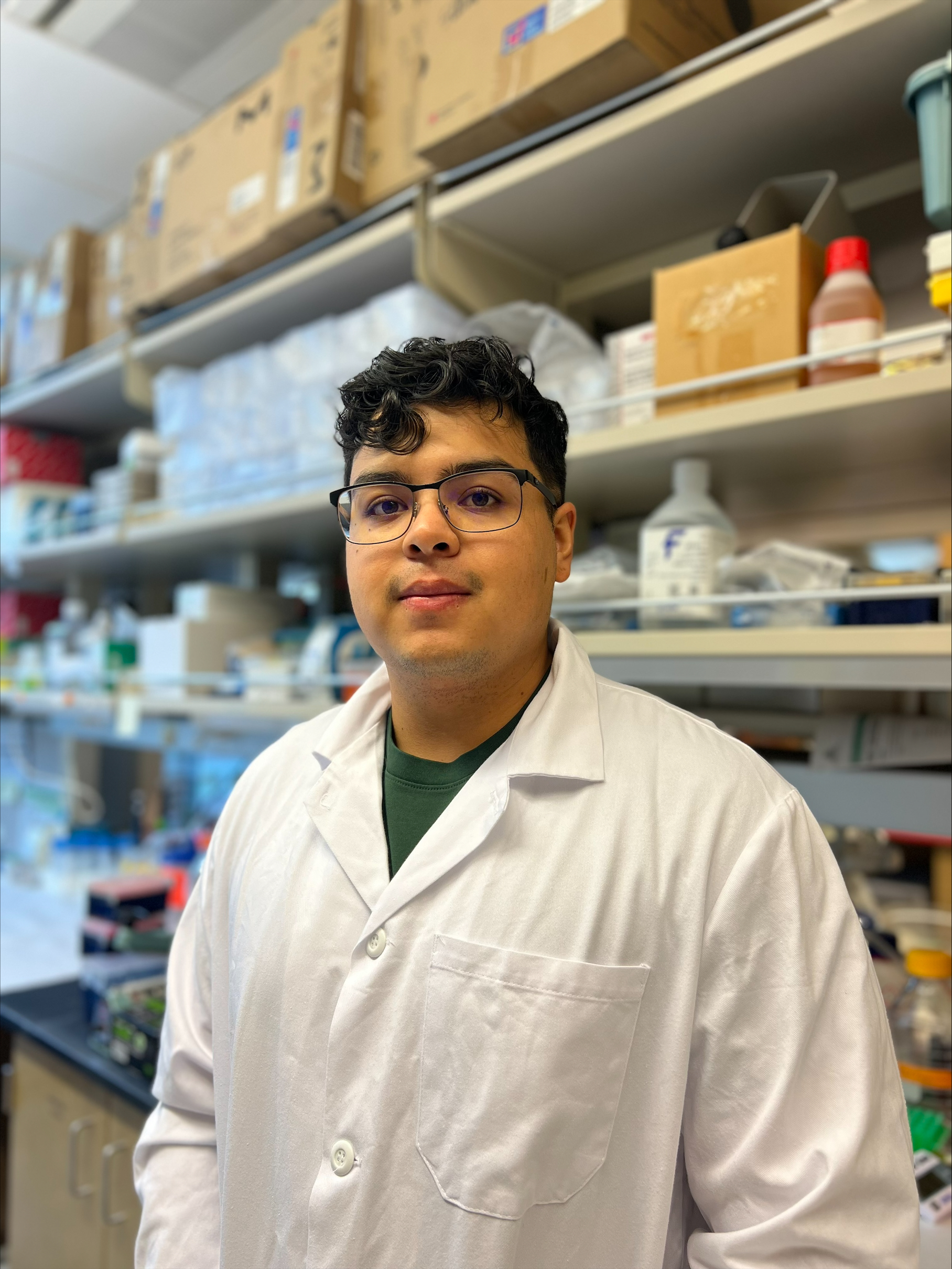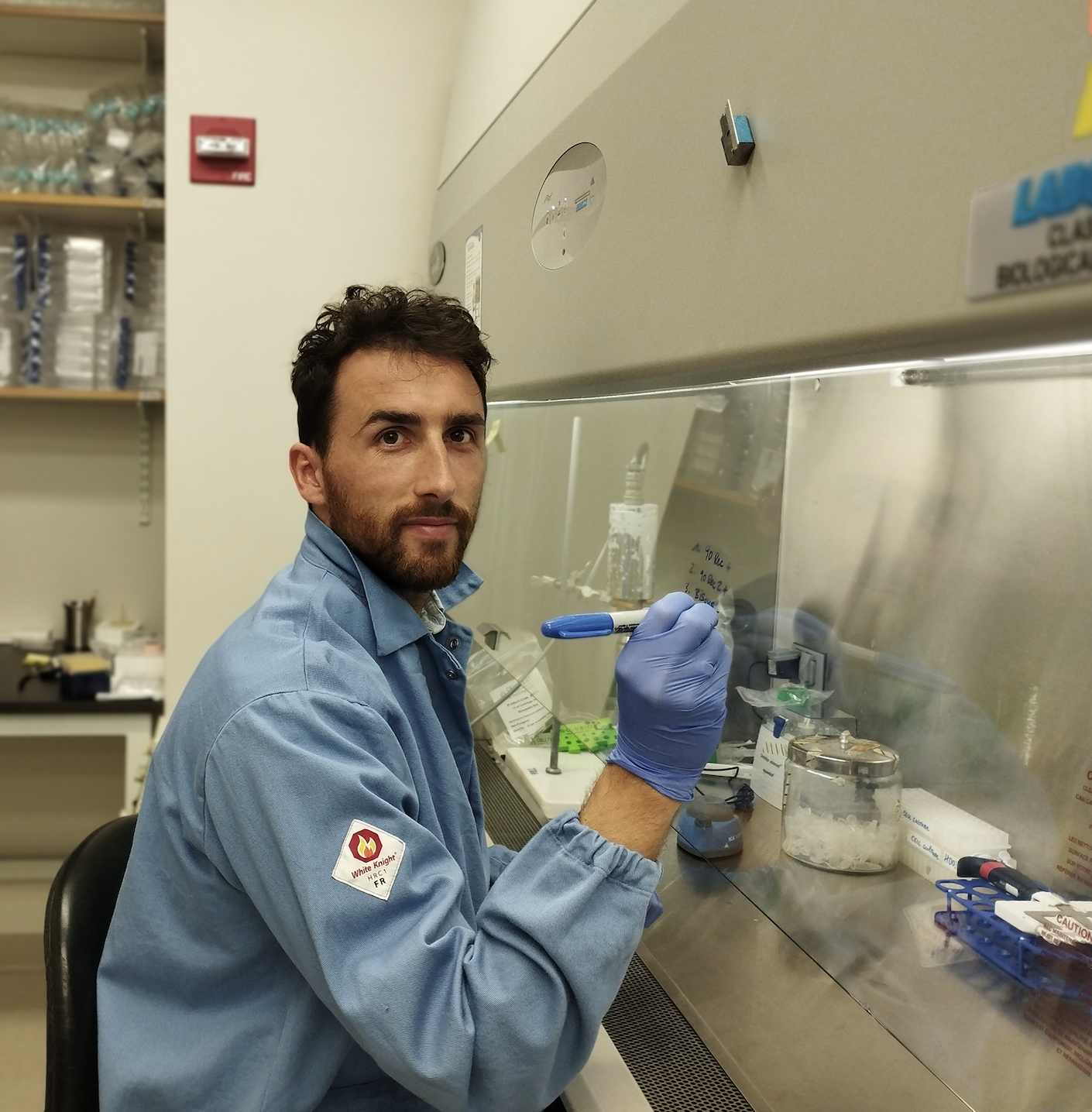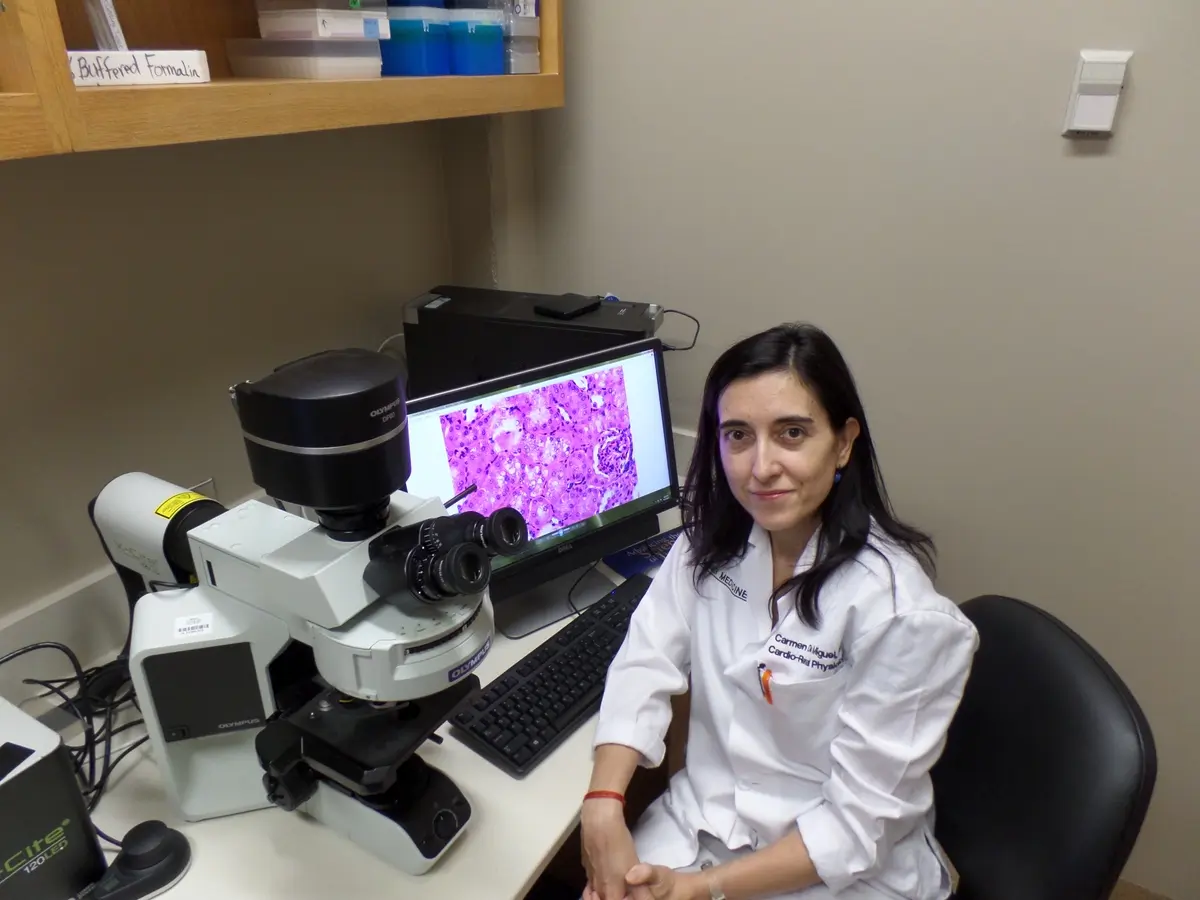Final Project Update
Diabetic retinopathy can be prevented with screening and early detection. We hypothesized that autonomous artificial intelligence (AI) diabetic eye exams at the point-of-care would increase diabetic eye exam completion rates in a racially and ethnically diverse youth population. AI for Children’s diabetiC Eye ExamS (NCT05131451) is a parallel randomized controlled trial that randomized youth (ages 8-21 years) with type 1 and type 2 diabetes to intervention (autonomous artificial intelligence diabetic eye exam at the point of care),or control (scripted eye care provider referral and education) in an academic pediatric diabetes center. The primary outcome was diabetic eye exam completion rate within 6 months. The secondary outcome was the proportion of participants who completed follow-through with an eye care provider if deemed appropriate. Diabetic eye exam completion rate was significantly higher (100%, 95%CI: 95.5%, 100%) in the intervention group (n=81) than the control group (n=83) (22%, 95%CI: 14.2%, 32.4%)(p<0.001). In the intervention arm, 25/81 participants had an abnormal result, of whom 64% (16/25) completed follow-through with an eye care provider, compared to 22% in the control arm (p<0.001). Autonomous AI increases diabetic eye exam completion rates in youth with diabetes.
6-Month Project Update
Aims:
- 1) To determine if POC AI for the diabetic eye exam is more effective for screening and diagnosis of diabetic retinopathy compared to ECP, in a randomized control trial recruiting participants at two clinical sites.
- 2) To assess follow-up rates with ECP in participants in the standard of care arm, in comparison to participants in the AI arm who screen positive and receive a referral to ECP for further evaluation.
- 3) To evaluate if point-of-care autonomous AI diabetic eye exams integrated into the diabetes clinic mitigate racial/ethnic disparities in access to diabetic eye exams.
Click HERE to view the full report.
Project Description
One of the complications of type 1 diabetes (T1D) is diabetic retinopathy (DR). It often damages blood vessels in the back of the eye, which can result in vision loss and blindness. Screening and early detection of DR can reduce poor destructive outcomes. Current recommendations include annual eye screening for all children with T1D, however current adherence to the guideline is only ~50%. Rates in minority, low-income, and Medicaid- communities are even lower.
In a recent pilot study conducted at our institution, we implemented diabetic retinopathy screening using a camera that does not require pupil dilation and uses an autonomous artificial intelligence (AI) system that provided immediate results. The study demonstrated that this methodology was feasible, safe, and effective in the pediatric population. We were also able to demonstrate increased adherence to screening guidelines, from 49% to 95%.
Our goal, with support from the Diabetes Research Connection, is to expand upon this pilot study with a larger clinical study at multiple sites within our institution to determine whether point-of-care autonomous AI: a) improves pediatric DR screening rates compared to standard eye care provider exams; b) improves follow-up for those identified as having diabetic retinopathy; and c) mitigates racial/ethnic disparities associated with access to diabetic eye exams.
There is a critical need today to improve access to DR screening, for high-risk T1D youth, especially during the COVID-19 pandemic. By leveraging this new and innovative technology in the pediatric diabetes clinic to provide real-time results, we expect to demonstrate a reduction in the need for a separate visit to the eye-care provider, an improvement in screening rates, and savings in time and money for patients and their caregivers. Our multidisciplinary research team of endocrinologists, retina-specialist ophthalmologists, and health science informaticists is well-poised to conduct this study.
My clinical practice is focused on pediatric diabetes (T1D and T2D), which complements my research focus on the use of innovative technologies to improve care and outcomes for youth with diabetes. We hope that this innovative healthcare technology will increase access to DR screening and facilitate early diagnosis, particularly in underserved communities. Success of this proposal could lead to a fundamental change in pediatric diabetic retinopathy screening methods, and a move toward eliminating the disparities in DR screening.


